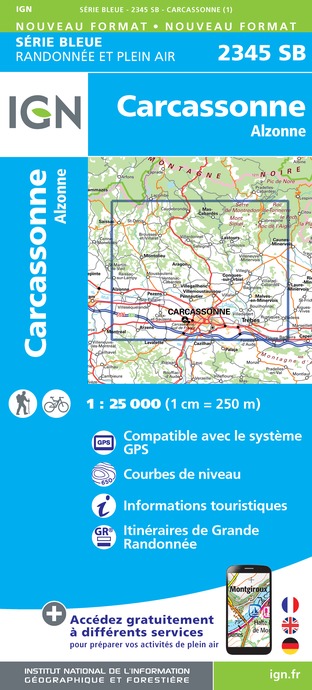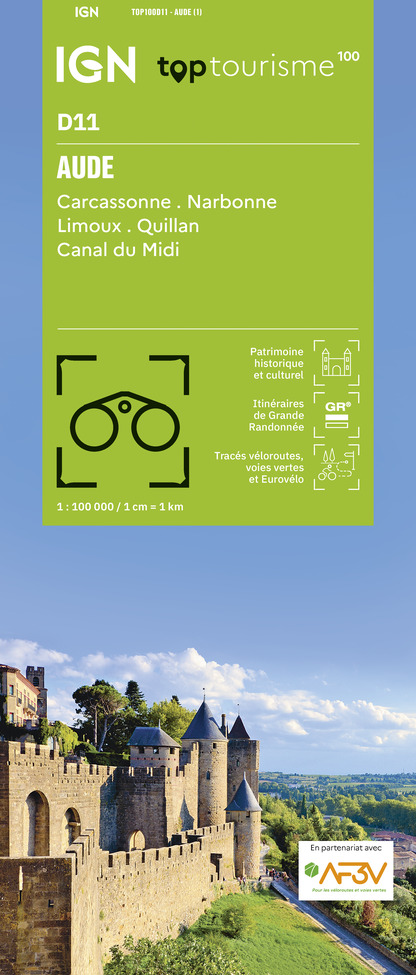Alert
Alerts
Dry stone and scrubland







IGN cards







Description
This route takes you on a journey of discovery of landscapes shaped by men. On limestone plateaus covered with scrubland that had to be cleared to make them suitable for cultivation, stones were used to build low walls, enclosures or dry stone huts named "capitelles".These constructions, originally built for agriculture (cereals and then vines) were used as temporary shelters by shepherds in case of bad weather. There are very few specific pastoral buildings: there are enclosures either to keep the sheep or to enclose the crops and protect them.
Signs : Yellow, follow the track with the sign “pierres seches”The path climbs up to the plateau via Avenue des Capitelles, running alongside, at times , an old draille (a passageway for herds) on the left.At the top of the housing estate, take the path to the large enclosure wall on the left (interpretation panel).On your right, the path goes through the scrubland.Follow the yellow markings, reinforced by white signs. Numerous dry stone constructions and typical vegetation (boxwood, thyme, broom, etc.).The plateau offers beautiful views over the Carcassonne plain and the Pyrenees.After arriving on a track, turn right for about 500m then left towards the trees.Carry on through the open countryside and down a winding path.Once on the track, fork right for 400m.One last time to the right in the undergrowth, take a small shady path, which is very pleasant in the summer, going back up to the arrival point.
Technical Information
Altimetric profile
Starting point
Additional information
Departure
ARAGON – Start at the entry, on the right side of the housing estate “des Capitelles”
Arrival
ARAGON – Start at the entry, on the right side of the housing estate “des Capitelles”
Ambiance
In the Cabardès scrubland (garrigue,) dry stone walls and capitelles, panoramas...A marvellous trail created by the Pierres Sèches d'Aragon association
Data author
